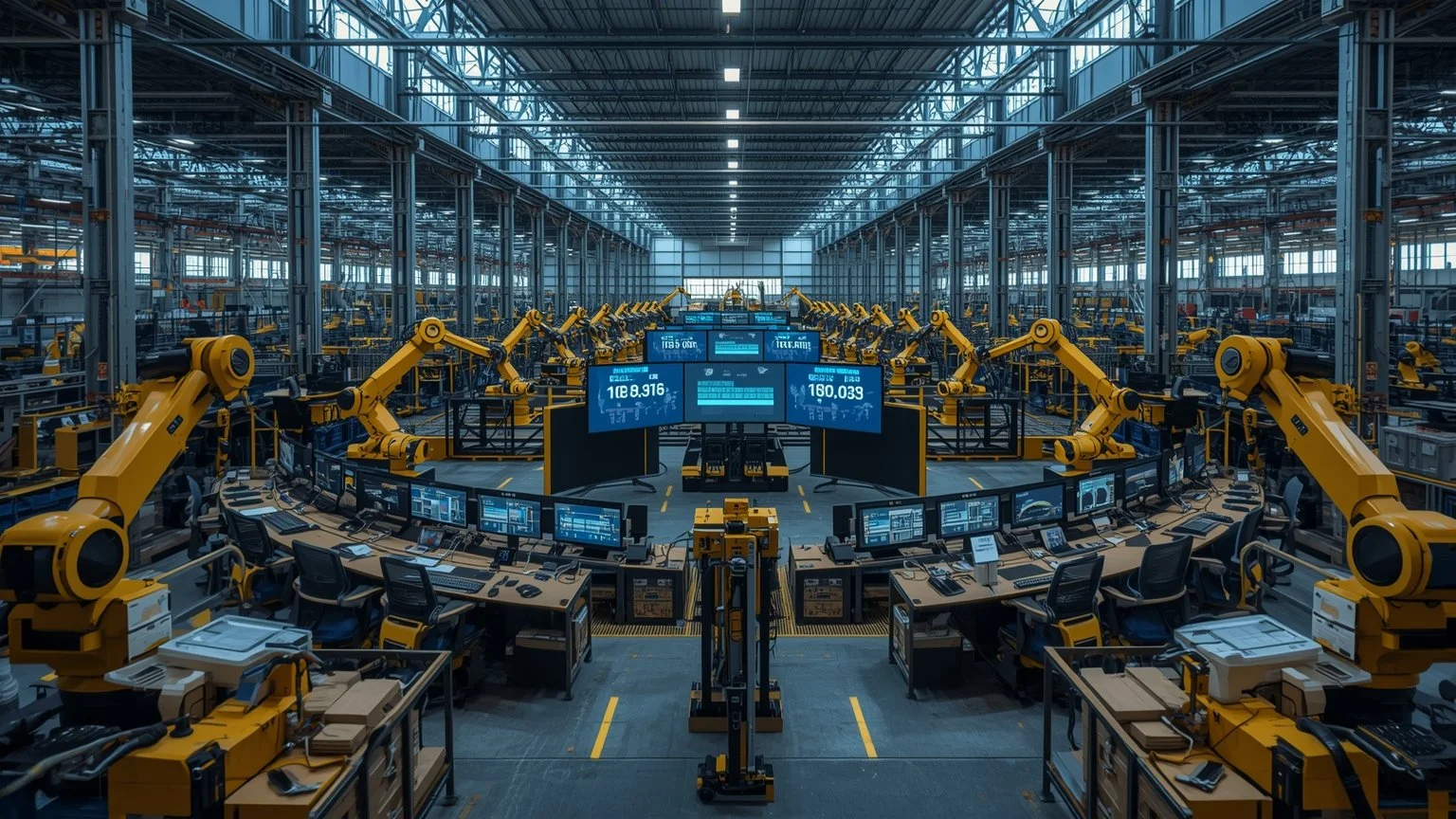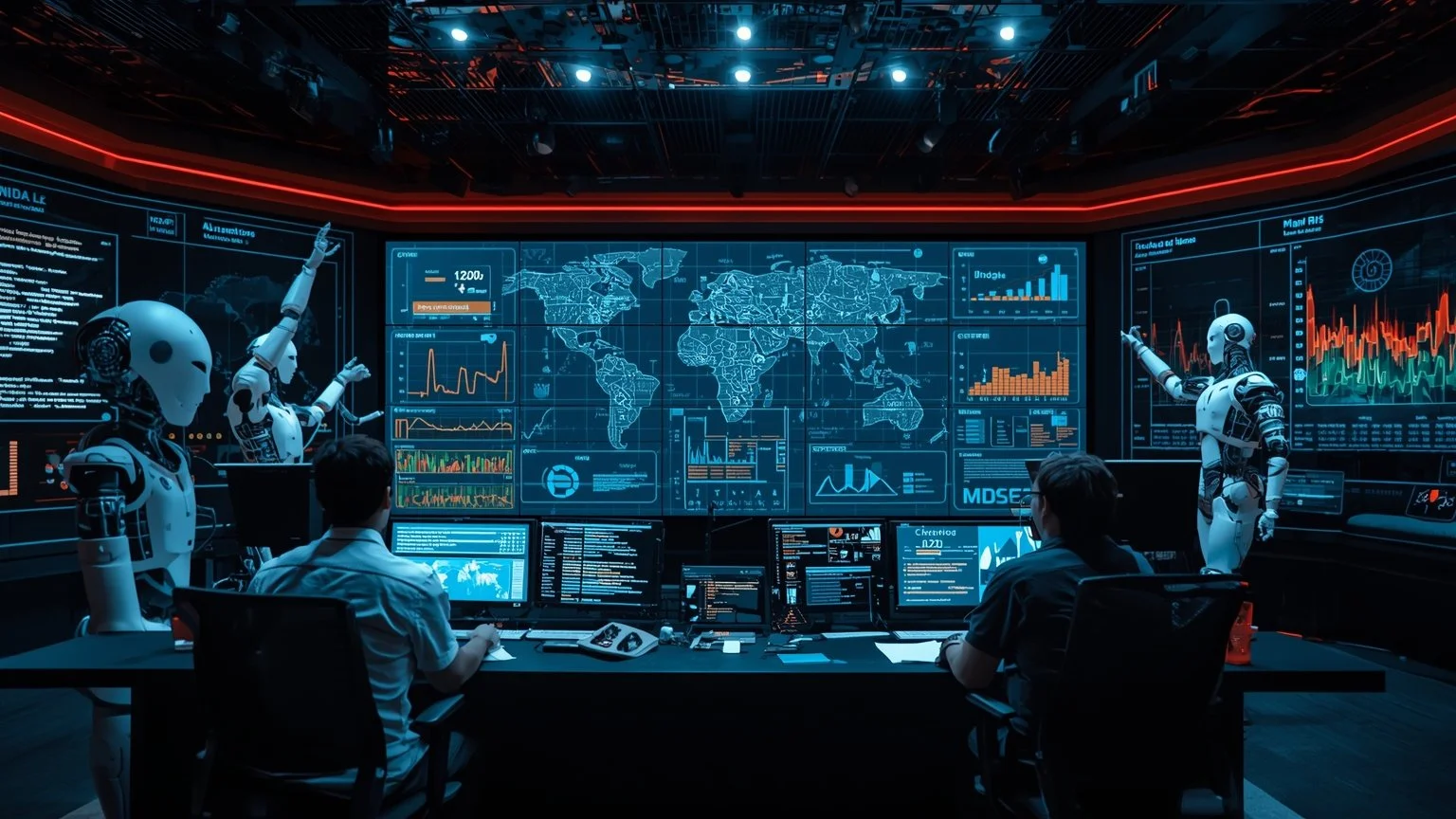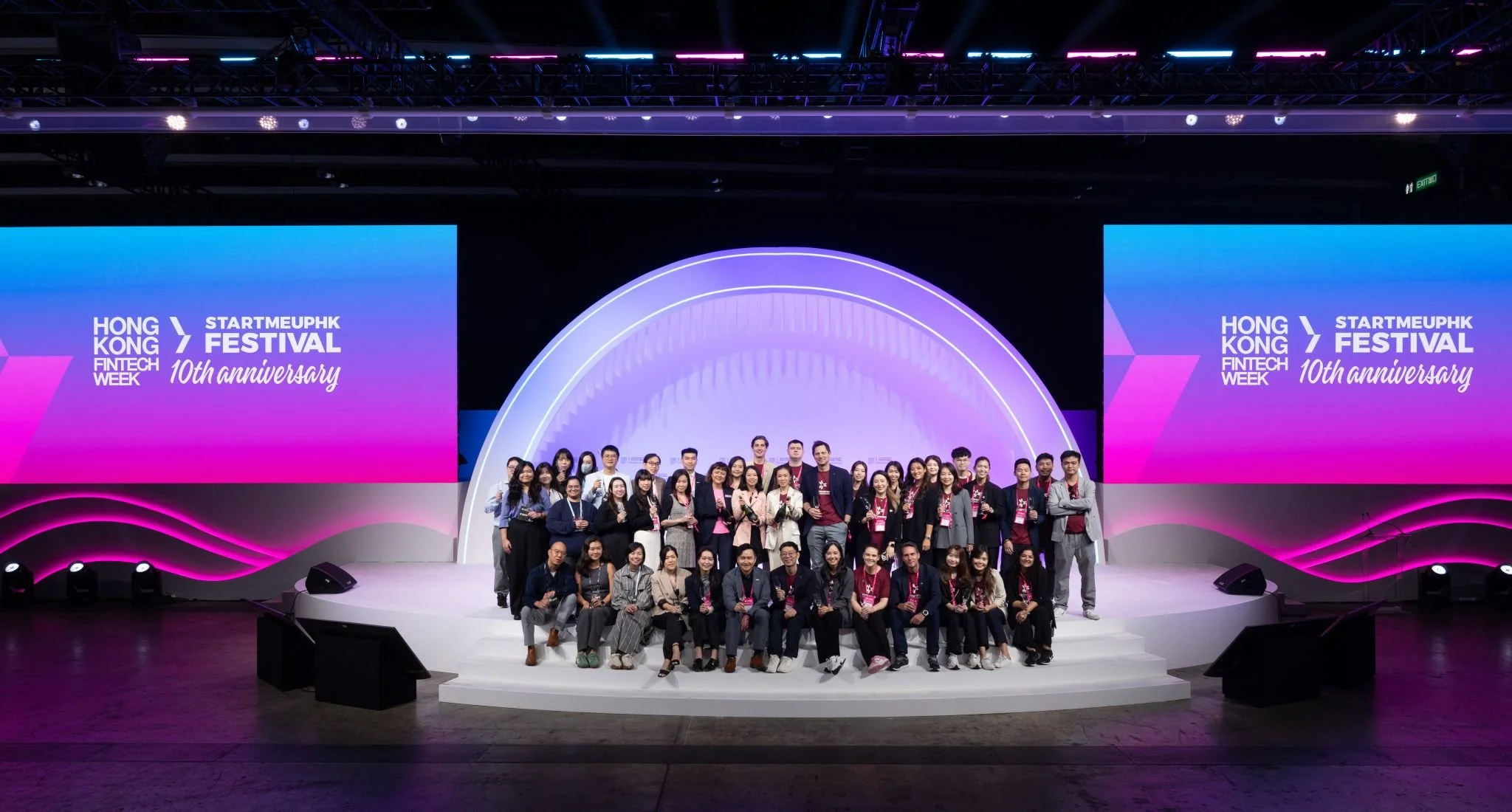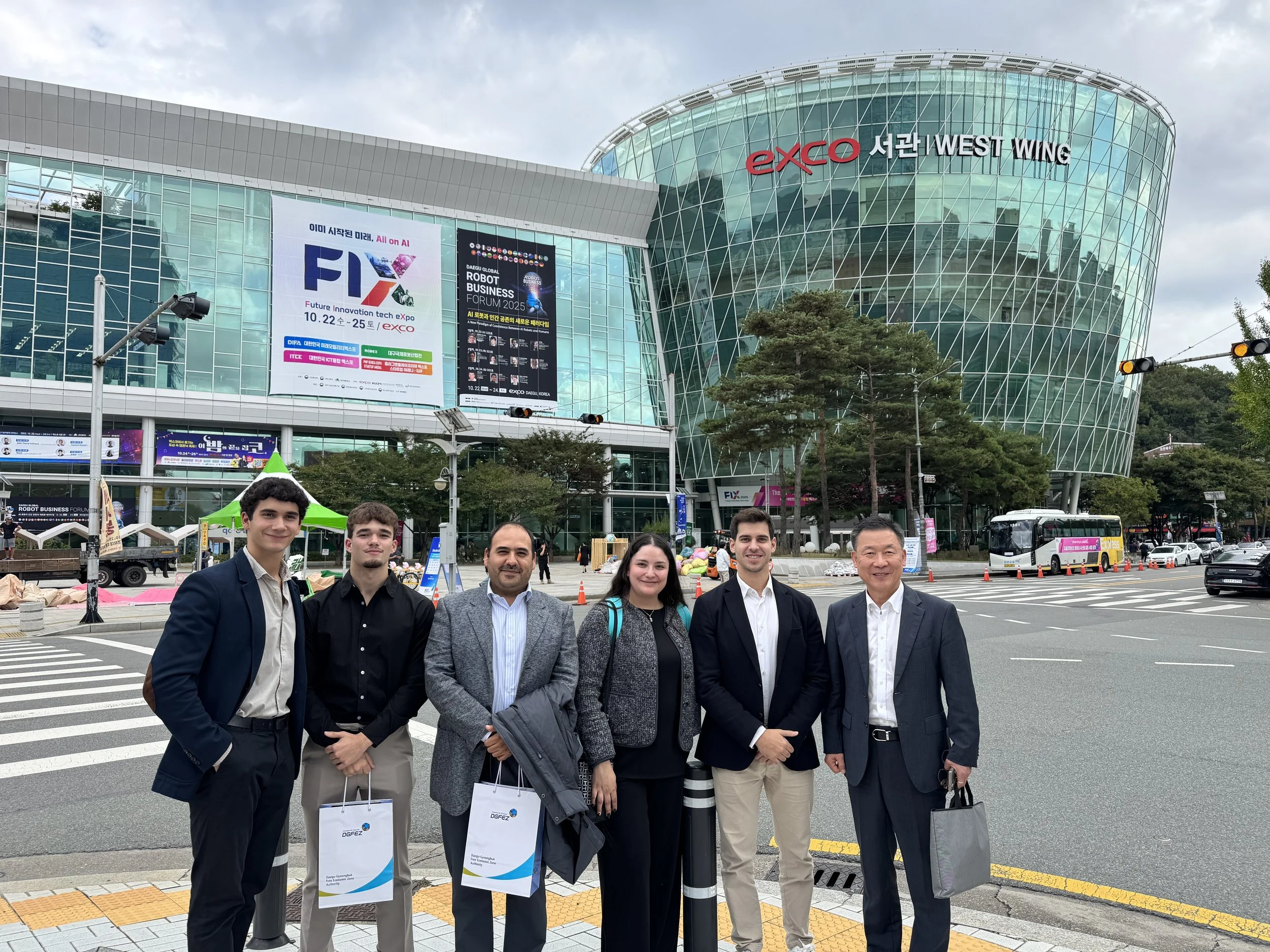Digital transformation comes to life with hyper-automation
Hyper-automation promotes digitization at new frontiers, thanks to the intelligent integration of generative assistants, process mining, robotic process automation (RPA) and artificial intelligence (AI). This evolution attracts attention by providing unparalleled operational efficiency and considerable benefits.
Real applications of hyper-automation
Hyper-automation has shown significant savings in key areas such as manufacturing, logistics and finance. Automated accounting processes reduce costs by 30 to 50 %; supply chain, on the other hand, can reduce delays by up to 25 %.
Technologies and trends driving change
The global hyper-automation market is growing by tens of billions of dollars. This boom is driven by a combination of technologies that accelerate digitization, reduce costs and generate measurable results.
AI, process mining, low-code platforms and RPA make it possible to automate decisions, detect inefficiencies and execute repetitive tasks quickly and accurately.
Intelligent bots and integrated tools (orchestration, APIs and dashboards) provide endto-end solutions that increase operational efficiency, improve compliance and facilitate governance.
Concrete benefits include reduced time, lower error rates, higher ROI and freeing up talent for higher-value tasks; process mining helps prioritize the highest impact cases.
A tangible transformation in numbers and future
More and more companies are allocating budgets to this tactic. They seek to improve operational efficiency, differentiate themselves in the marketplace and accelerate innovation through technologies and processes that optimize results.
Measurable effects: cases and studies show increases in customer satisfaction, quality and productivity, with typical returns between 30% and 200%, depending on sector and scope.
Trend: operations tend to be autonomous and adaptive, supported by AI, automation and real-time analytics to reduce human intervention while maintaining control.
Requirements: clean data, integrated architecture, governance and team building to support efficient models and processes.
Recommended deployment: start with pilot phases, clear metrics, risk management and gradual scaling to consolidate ROI.
Hyper-automation is a real driver of digitalization. Its practical implementation adds concrete value, promotes innovation and improves performance without resorting to technicalities. In this changing context, responsiveness and competitive advantage translate into adaptability.






